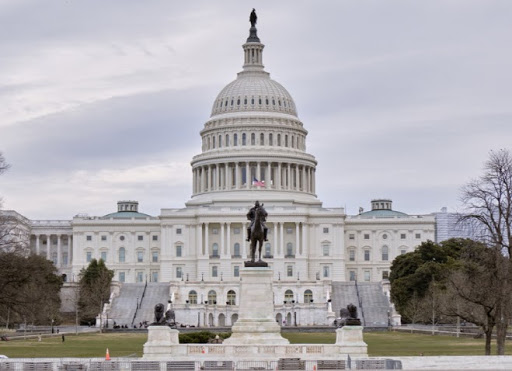S
Samantha Howey
AP US Government 👩🏾⚖️
240 resourcesSee Units

Congress is the bicameral legislature that writes the laws for the nation. It is made up of the House of Representatives which has 435 members and the Senate which has 100 members.
House of Representatives
The House of Representatives is supposed to represent the population of each individual state; the census determines the number of congressional districts in each state. The state redraws the congressional districts to make sure each district is equal in population.
The political party in charge of the state legislature controls how the districts are drawn. It is possible that the legislature will gerrymander the districts to give their political party a power advantage in future elections.
Every two years, there is an election for all 435 seats of the House of Representatives and once elected they serve two year terms. The elections for congressional seats take place within each congressional district. To be a member of the House of Representatives, one must be at least 25 years old, live in the district, and be a citizen of the state. The congressional districts have a smaller constituency and many house members have safe seats leading to high incumbent election rates.
The Senate
The Senate is based on equal representation meaning each state has two senators. With each of the 50 states having two senators there is a total of 100 senators in the United States Senate.
Every two years, one-third of the Senate is up for re-election and when elected they serve six year terms. The elections take place on a statewide basis.
To become a senator one must be at least 30 years old. There are more rules in the House than in the Senate due to the sizes of their memberships.
The Senate is designed to represent states equally, while the House is designed to represent the population. The different term lengths of the chambers affects coalitions.
Powers
The enumerated and implied powers in the Constitution allow the creation of public policy by Congress, which includes:
- passing a federal budget
- raising revenue
- coining money
- declaring war
- maintaining the armed forces
🎥 Watch: AP GOPO - Chambers of Congress
Browse Study Guides By Unit
🏛Unit 1 – Foundations of American Democracy
⚖️Unit 2 – Branches of Government
✊🏽Unit 3 – Civil Liberties & Civil Rights
🐘Unit 4 – American Political Ideologies & Beliefs
🗳Unit 5 – Political Participation
✏️Frequently Asked Questions
🧐Multiple Choice Questions (MCQ)
✍️Free Response Questions (FRQ)
✍️Exam Skills (MC, FRQ)

Fiveable
Resources
© 2023 Fiveable Inc. All rights reserved.